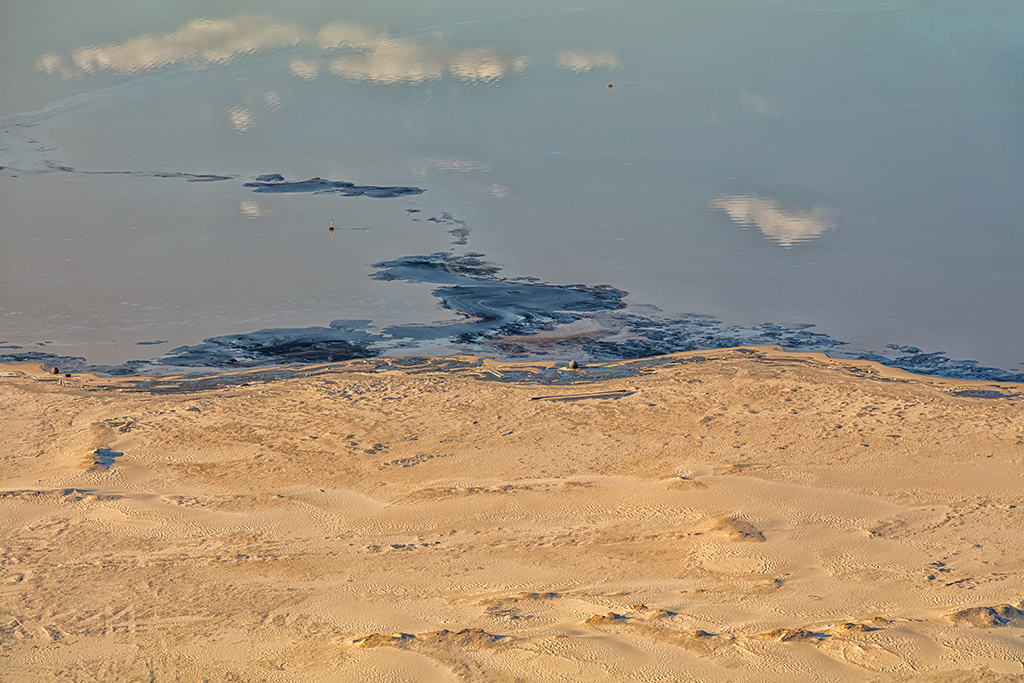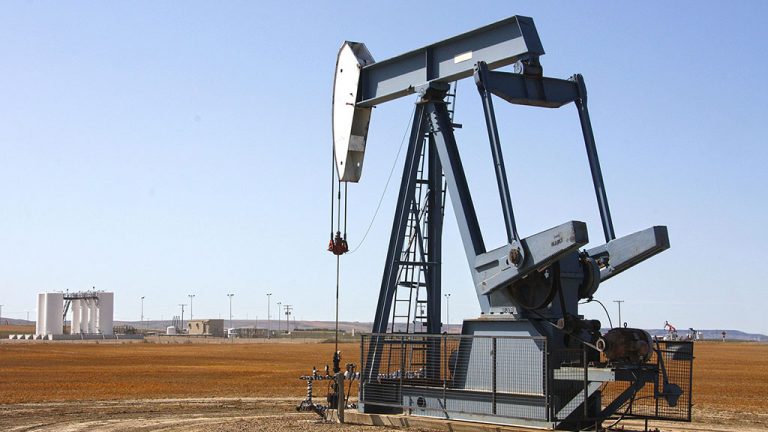EDMONTON — A new analysis of a decade’s worth of data kept by Alberta’s oil and gas regulator suggests the agency has made unsubstantiated claims about the success of oilsands tailings spills cleanup.
“Their own data, their…internal data are not being reflected in the…information that they’re releasing to the public,” the study’s author, Alberta-based ecologist Kevin Timoney, said in an interview.
“That’s a huge problem.”
Timoney’s study was based on an access to information request that returned more than 6,000 pages of information from the Alberta Energy Regulator.
The information focused on oilsands tailings spills, which are mixtures of water, sand, bitumen residue and chemicals and are considered toxic to fish and other wildlife.
Timoney analyzed the regulator’s internal reports and data for all 514 tailings spills reported between 2014 and 2023.
For the 514 spills analyzed in the study, the public database kept by the Alberta Energy Regulator, or AER, states that 75 per cent were cleaned up and no wildlife effects were reported.
But according to Timoney’s analysis, the regulator doesn’t have any data to back those claims.
For the 514 spills he received internal records for, Timoney found that 91 per cent weren’t inspected by the regulator. Instead, information was provided by oil companies.
The study said another five per cent had no inspection data of any sort.
“AER’s stated policy of ‘routine inspections’ following tailings spills is not supported by the evidence,” states the report, which was published last week in the Environmental Monitoring and Assessment journal.
For the spills that did have inspection data and reports, Timoney found that many reports were nearly blank or contained vague information.
He said most of the reports ended with conclusions such as “no environmental impact at this time” or “no adverse effects have been observed” while failing to provide any environmental assessment to support the finding.
Timoney said he wasn’t expecting the AER to have the most detailed information, but said he was surprised to find “nothing.”
“They don’t go out and they don’t count dead animals,” he said. “They don’t determine the contaminant levels in the soil or in the groundwater or in lakes.
“There’s nothing there.”
Timoney also found numerous inconsistencies between the regulator’s internal spill records and the records available to the public online.
One instance of data inconsistency noted in the study is a case where the regulator’s public database had labelled the total volume of a spill as 44.6 million litres. The internal records provided to Timoney for the same incident pegged the spill about 100 times larger, closer to 4.5 billion litres.
“That single spill resulted in a release volume 15 times larger than the total (public database) volume for all 514 tailings spills,” the study reads.
“The reason given by the AER for reporting the incorrect … volume (in the public database) was as follows: ‘The volumes tab does not allow a number that high to be captured.'”
There’s a vast difference in the spills themselves. While the AER says there were 514 over the 10-year time period, Timoney said he was provided records for almost double that, at 989.
In one instance, the records Timoney received showed that the AER’s public database grouped 23 separate spills into one.
Martin Olszynski, an energy law professor at the University of Calgary, says the study confirms concerns that the regulator is applying an “incredibly light touch” with the industry it is charged with holding to account.
“The industry always talks about, you know, being world class, the cleanest, (having) the best environmental performance, and we don’t really actually have a basis for trusting those claims anymore,” said OIszynski.
Renato Gandia, a spokesperson for the Alberta Energy Regulator, said the agency was still reviewing the study, but said staff do inspect tailings spills.
“The AER routinely conducts inspections to ensure that releases have been cleaned up and remediated in accordance with the regulations,” Gandia said.
A request for comment sent to Energy Minister Brian Jean was forwarded to Environment Minister Rebecca Schulz.
In an email, Schulz’s press secretary Ryan Fournier said Alberta’s oilsands are “one of the most highly monitored in the world” and any questions about the validity of the regulator’s processes should be sent to the regulator.
“While Alberta’s monitoring system is one of the best in the world, we expect the AER to do its job and manage these incidents in a timely and effective way,” Fournier said.
©2025 The Canadian Press








Recent Comments